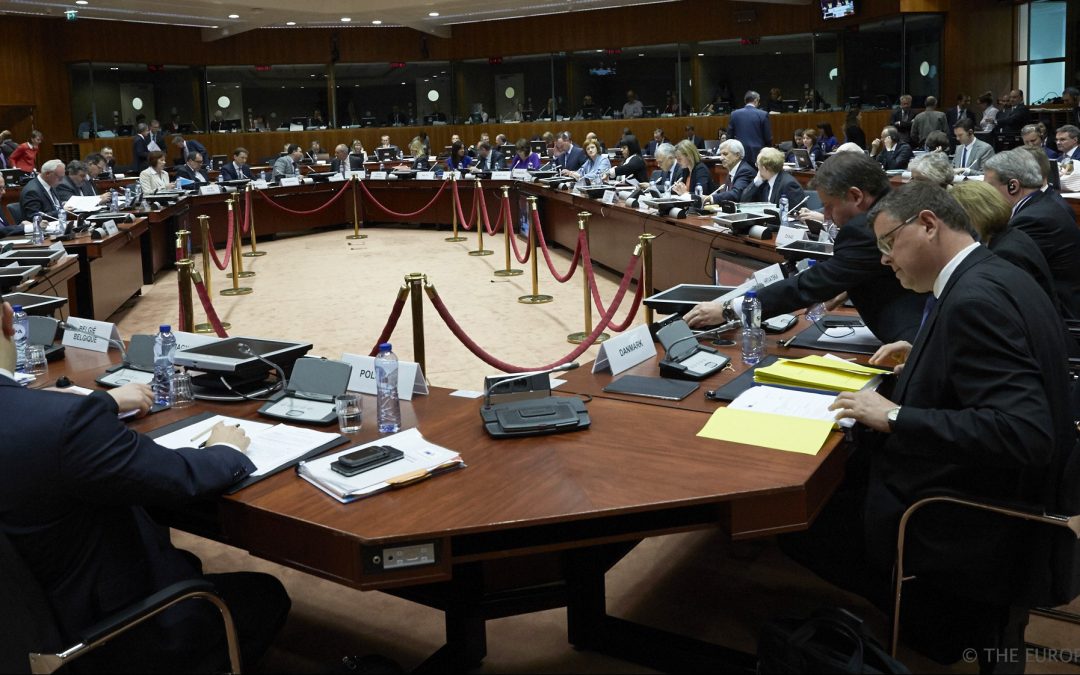
On Tuesday May 26th, after months of coordination hours of difficult negotiations between the foreign affairs ministers, the Council of the European Union finally released these long awaited Conclusions not only on post 2015 development agenda but also on Gender in development.
While most of the attention of the development community and the media was drawn to the Conclusions on ‘A New Global Partnership for Poverty Eradication and Sustainable Development after 2015’ and to the related debate on Official Development Assistance, a second set of Council Conclusions on ‘Gender in Development’ fell off the radar. Yet, the progressive language on gender in both Council Conclusions needs to be celebrated.
Emerging EU position on SRHR and gender
Together with the EC Communication on which it is based, and the related European Parliament report adopted on May 19th, the Conclusions on a New Global Partnership set the common EU position for negotiations ahead of the Third International Conference on Financing for Development, taking place in Addis Ababa in July.
In this position, the Council does call for strong Monitoring, Accountability, and Review mechanisms including a strong role for CSOs, and re-commits to the 0.7% of GNI to ODA target. Still, wat DSW we e would welcome a stronger focus on both, poor people and poor countries, as well as on neglected sectors, such as SRHR. It would also be great to see stronger commitments in terms of implementation, thus concrete plans on how the EU intends to finally deliver on this old promise, as many NGOs including Beyond 2015 European Task Force/CONCORD have stressed already. Moreover, we commend the importance given to fostering Science, Technology and Innovation as a key enabler for sustainable development.
The text also fails to mention youth as key actors in development and to recognise the role of health as a development enabler (only mentioned as a key enabler for human capital under decent work).
 Council Conclusions – not quite as progressive
Council Conclusions – not quite as progressive
In this regard, these Conclusions are not as progressive as the European Parliament resolution on Financing for Development adopted at the end of April where the EP ‘supports investment in basic social services such as education and health (ensuring universal health coverage), including sexual and reproductive health and rights, […] and the fight against poverty and inequality, including among children and in terms of gender’. In this resolution, the EP also names health as an priority area for ODA, and ‘urges the promotion of research and development such as technology and innovation for health’.
However, without hesitation, we can all applaud one thing: with these Conclusions on post-2015 as well as in the specific Council Conclusions on Gender, the Council is taking a clear and progressive stand on Gender, SRHR and respective enabling conditions.
The Council Conclusions on post-2015 read that ‘Gender equality and women’s empowerment, as well as being ends in themselves, are a key means of implementation and should be promoted at all levels’. The well-deserved importance gender equality is given in this paragraph is mirrored by different sections throughout the document, including the chapter dedicated to an ‘enabling environment’.
EU and Gender in Development
In the second set of Council Conclusions on Gender in Development, the EU as a whole commits to gender equality and women’s empowerment and SRHR.
As in previous Council conclusions, the text refers to the EU’s support to the promotion, protection and fulfilment of all human rights and to the full and effective implementation of the Beijing Platform for Action and the Programme of Action of the ICPD and the outcomes of their review conferences, and remains committed to sexual and reproductive health and rights (SRHR), in this context. And yet, this time the Council went beyond previous EU compromise language:
– By including ‘the right of every individual to have full control over, and decide freely and responsibly on matters related to their sexuality and sexual and reproductive health, free from discrimination, coercion and violence.’
– By stressing ‘the need for universal access to quality and affordable comprehensive sexual and reproductive health information, education, including comprehensive sexuality education, and health-care services.’
– By addressing several sectors, such as health and education
– By including a call for the fulfilment of rights of women and girls, and of groups such as LGBTI
 The EU and SRHR – what next?
The EU and SRHR – what next?
These great gains are complemented by calls for a strong EU Plan of Action on Gender Equality and Women’s Empowerment 2016-2020 (GAP II), expected to be adopted during the second semester of 2015. While this plan is intended to be in line with the approved SDGs, it should also which should be results oriented with sufficient leadership, accountability, and financial and human resources.
This is an extremely positive and timely message from the EU, in particular in the context of the discussions on the next EU gender action plan and the post2015 negotiations.
No doubt that this was not an easy gain but keeping up with these commitments will be the next challenge.
So we now need to see that the EU puts these commitments in practice, with the first test taking place in Addis with the adoption of a transformative people-centred partnership, followed by the development of an ambitious European mechanism for gender equality, with the upcoming GAPII this autumn.
